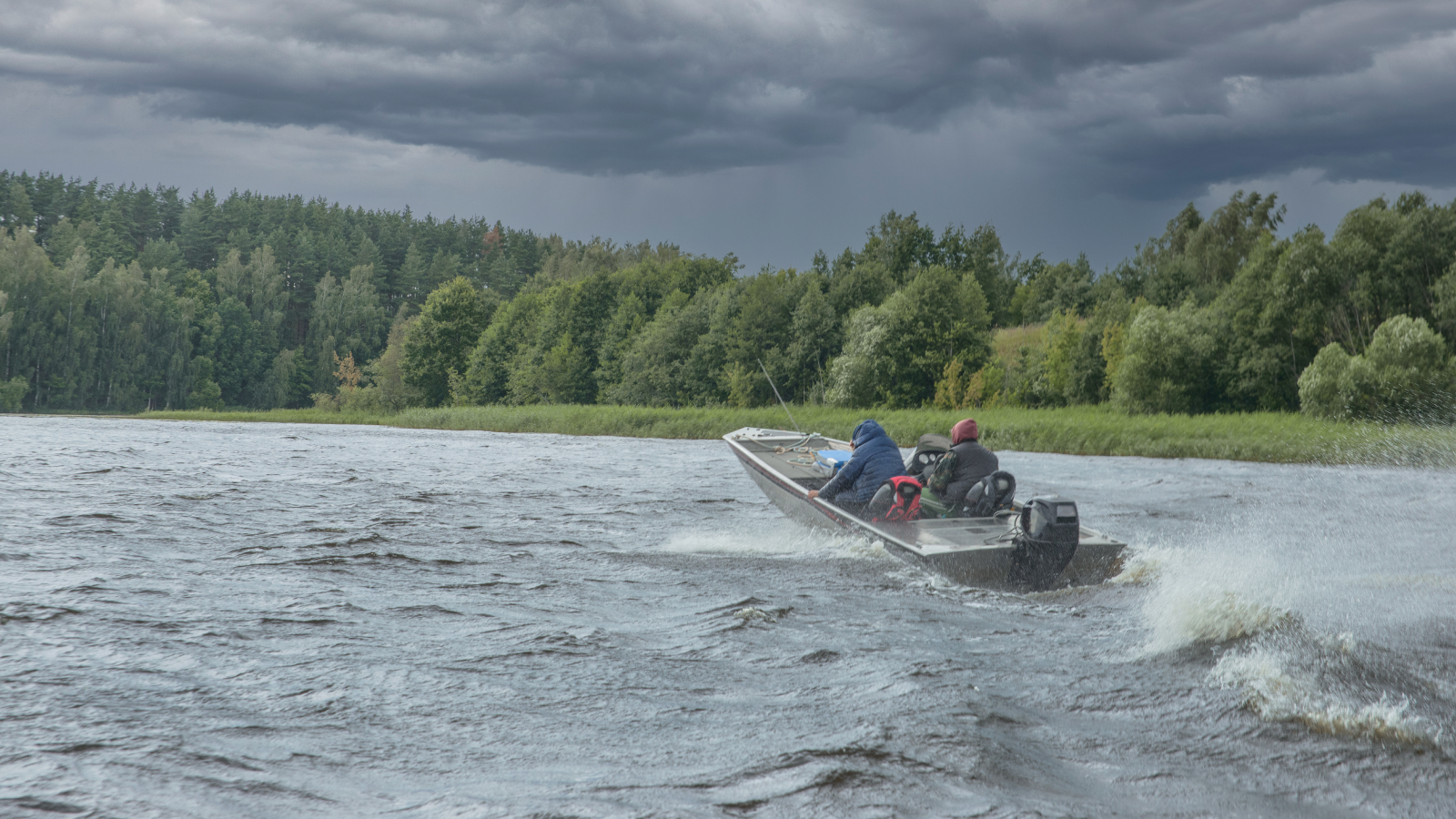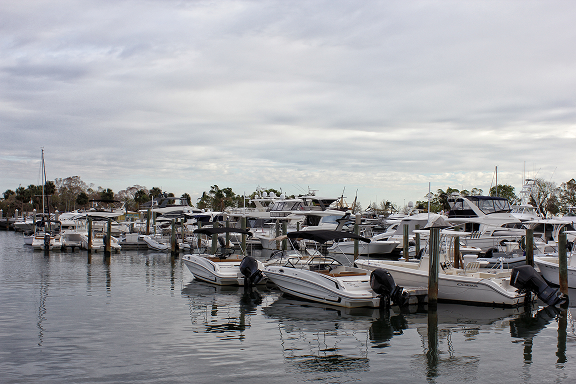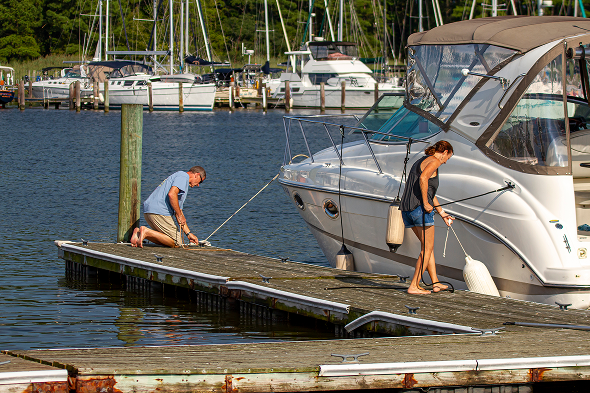Weathering the Waves: Boating Safety in Storms

Weather is one of the most unpredictable—and unforgiving—threats that boat owners face. Blue skies can turn gray in an instant, and storms don’t wait for those who aren’t ready.
Whether you’re fishing for bass on a local lake or chasing the big ones in deep sea waters, it’s crucial to be prepared for whatever the forecast brings.
Taking time to plan for rough waters can make all the difference in keeping you, your passengers, and your boat safe.
Understanding the risks of severe weather on the water
Unlike being on land, you don’t have the luxury of pulling over or running inside when the weather gets rough on the water.
Lightning is one of the biggest risks on open water. A boat can act as a giant lightning rod—especially if it has metal parts or tall gear. A single strike can damage your boat’s electronics, start a fire, or seriously hurt someone on board.
Strong winds are another major concern. Rough waves can make it difficult to control your watercraft and stay on course. Smaller boats are especially at risk of tipping over or taking on water.
Add in heavy rain and limited visibility, and you’ve got a recipe for disaster—and potentially thousands of dollars in damage.
Prepare ahead of time and check the weather
Before you even untie the dock lines, take a minute to review the latest weather forecast for both your route and your destination. Weather conditions on the water can change rapidly, and a calm morning can quickly turn into a dangerous afternoon.
Checking the forecast in advance gives you time to adjust your plans, pack the right gear, or postpone your adventure if needed.

Make sure you’re aware of what your watercraft insurance policy covers before severe weather strikes.
Should you wait out the storm or head to shore?
Imagine you’re out on the lake, casting a line under clear skies. Within minutes, dark clouds roll in, the wind picks up, and you hear thunder rumbling in the distance. Suddenly, you find yourself caught in a fast-moving summer storm. Do you head for the nearest shore or wait it out?
In moments like these, preparation is key. Knowing your boat’s limits, having a plan, and staying calm under pressure can make all the difference.
If the storm is still approaching:
-
Don’t wait for lightning or heavy rain to start heading to safety.
-
Make your way calmly but quickly to the nearest secure place, like a dock or boat ramp. Chances are, other boaters will be doing the same, so stay alert and avoid crowding.
-
Use caution when docking in high winds and only attempt it if you’re confident in your ability to do so safely.
If the storm is already overhead:
-
If you’re caught in a storm, it’s critical to stay calm and take quick action to protect yourself and your passengers.
-
Slow down to maintain control and head into the waves at a 45-degree angle to reduce the risk of capsizing or taking on water.
-
If you have passengers on board, make sure everyone is wearing a properly fitted, U.S. Coast Guard-approved personal flotation device (PFD) and is seated low in the boat to help maintain balance.
-
If your boat has a cabin, your passengers should shelter inside.
-
Avoid contact with metal surfaces, electronics, and tall structures like fishing rods or antennas.
-
Keep a lookout for floating debris, submerged stumps, and other vessels.
-
Use your navigation lights if visibility is poor.
-
In extreme storms or dangerous situations, stay where you are, hold onto something secure, and call for help.
No two storms are the same, and the best move depends on your boat, your distance from shore, and the weather conditions. If you can safely get to a protected spot on land before severe weather hits, go for it. If not, sometimes it’s better to stay put and ride it out.
Protect your boat from weather damage while it’s docked
You’re not always with your boat when storms roll in, so it’s crucial to make sure it’s protected at all times.
-
Start by tying it up with strong, weather-resistant dock lines and adding extra fenders to prevent damage.
-
Take down canvas covers, antennas, cushions, and anything else that could blow away or cause damage.
-
Close all hatches and ports to keep water out.
-
Make sure your bilge pump is working and your battery is charged in case water gets in.
-
Regularly check your dock lines and hardware—especially before and after storms.
-
Keep an updated list of your boat’s gear and equipment for insurance purposes to save you time and stress if you need to file a claim.
-
If there’s a severe storm on the way (hurricane, tropical system, etc.) and you have enough time, consider hauling your boat out of the water and securing it on land.

Peace of mind on the water starts with secure coverage
Safe boating means being ready for rough waters—whether you’re out on the water, docked at the marina, or towing your boat down the highway. Even with the best preparation, storms can still cause unexpected damage. That’s where watercraft insurance becomes essential; the right coverage can help protect your vessel and provide peace of mind.
Call your local Alfa® agent to get a free watercraft insurance quote or to review your current policy.
All coverages are subject to deductibles and policy limits. This is not an insurance policy. It is intended only to provide a general description of Alfa Insurance® and/or its product lines and services. An actual policy contains the specific details of the deductibles, coverages, conditions and exclusions. Your Alfa® agent can explain the policy and benefits and answer any questions you may have before you buy.